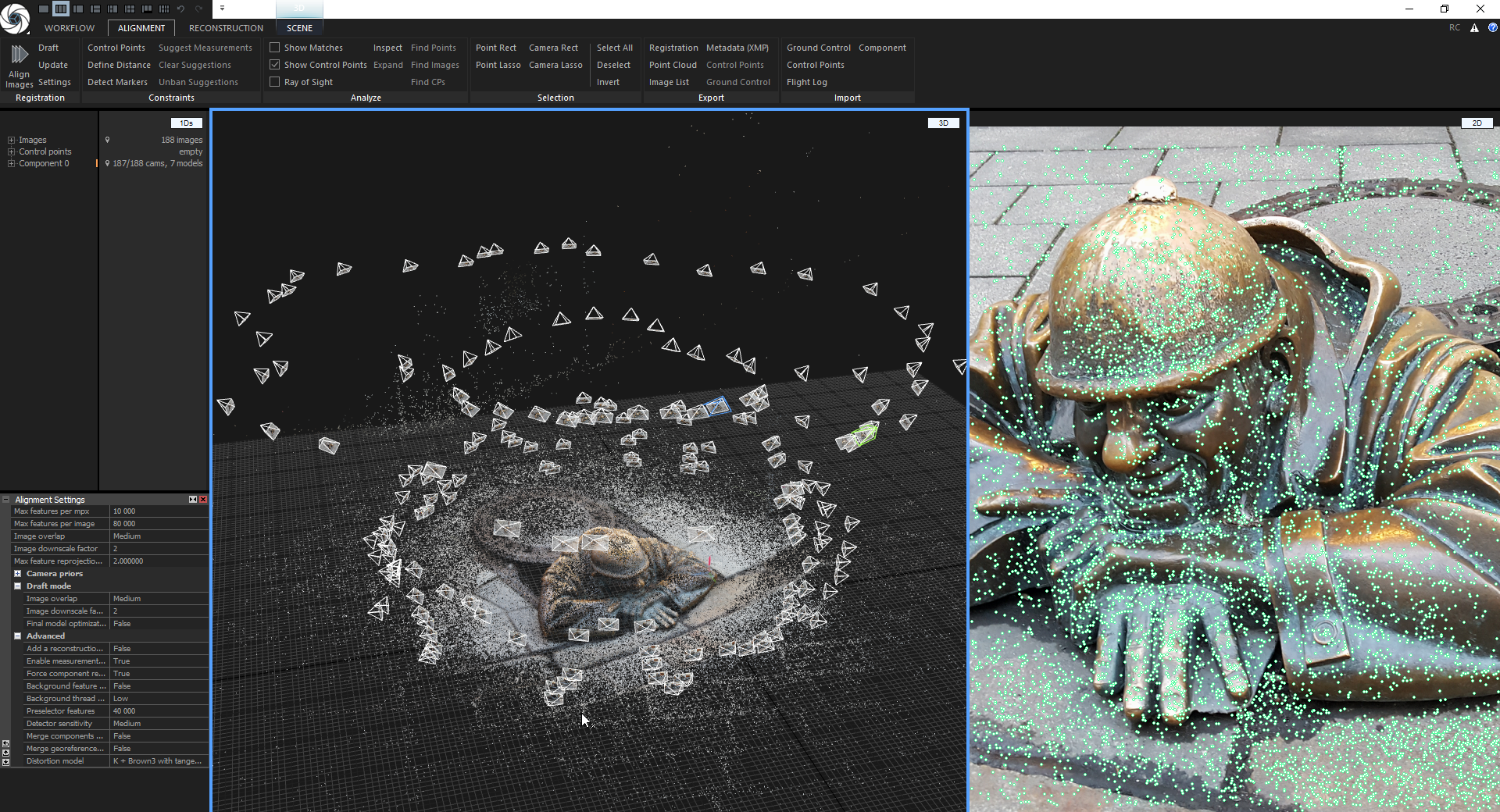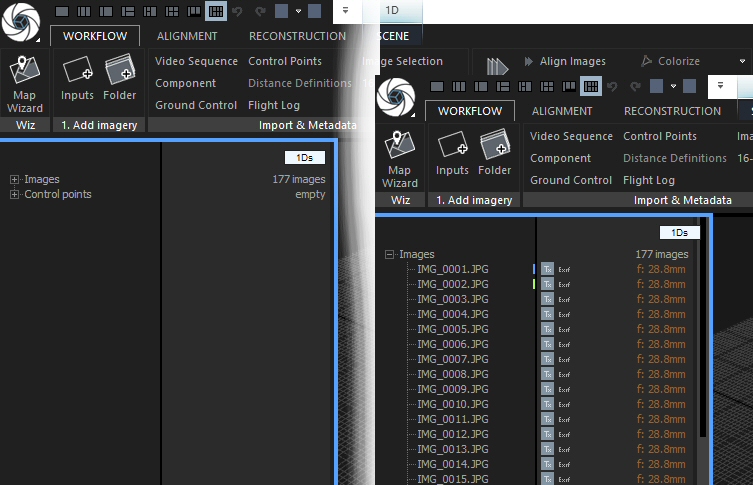
To complete a survey a number of overlapping scans need to be performed as areas in shade from one scanning position will not be detailed and lasers are only accurate over a set distance. It is only when you zoom in that you see it is made from millions of individual coloured points.

Viewing a point-cloud image from afar is very much like looking at a photograph. These points are often combined with a digital image created by an optical camera, to capture the colour and texture information of the item being scanned. The resultant file made of X, Y and Z points is called a point-cloud. These systems work by measuring the time of flight for each laser beam, which can be fired between 10,000 and 100,000 times per second. Laser scanners shoot a cone of laser light within a space, capturing X, Y and Z position of all the surface instances it hits. Laser scanning and optical capture technology enables the rapid and accurate capture of the real world, from vegetation and topology to buildings and infrastructure. But when a large ‘old’ or undocumented building needs to be modelled for renovation or retrofit this approach is slow, lacks detail and is manpower intensive. For modelling in context, 2D maps can be referenced and faceless 3D blocks can be used to approximate forms of adjacent buildings – and for some instances, on small projects, this approach is cost effective. There are a number of ways to create 3D models of an existing building in a BIM tool, the slowest route is to perform a traditional survey and create a drawing and then a model.

So is there a quick way to capture existing infrastructure and merge it with 3D BIM models? Survey Today, ‘being 2D’ only assists documentation, the adoption of 3D is accelerating as it brings designs to life, providing the benefits of co-ordinated documentation changes, the chance to run analysis, create visualisation, provide quantities and even identify clashes before getting to site.īut with the move to a model-based process, everything has to be modelled which can be time consuming and bloat project files. However, design technology and best practice are always being redefined and enhanced to find competitive advantage. On the roof dark areas are shadows where point-cloud information could not be gathered. The model was created using multiple scans.

Highly detailed view of a section of Oxford Street, London, displayed in the PoinTools Vortex engine.


 0 kommentar(er)
0 kommentar(er)
